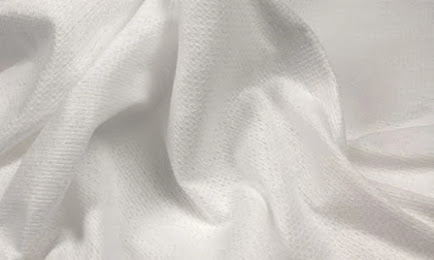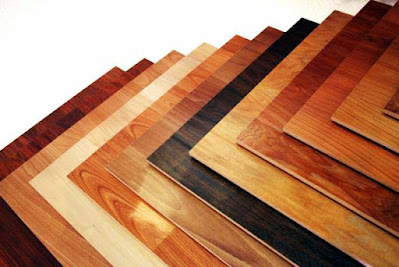Non Woven Geotextile Fabric - sommersinc.com
Looking for durable, versatile solutions in construction? Non-woven geotextile fabric might just be the game-changer you need! Discover why it's a top choice: Strength & Durability: Non-woven geotextile fabric boasts impressive strength and durability, making it ideal for various applications in construction and engineering projects. Its ability to withstand high levels of stress and pressure ensures long-term performance and stability. Effective Filtration & Drainage: One of the key advantages of non-woven geotextile fabric is its superior filtration and drainage capabilities. By allowing water to pass through while retaining soil particles, it helps prevent erosion, manage groundwater, and maintain soil stability. Versatility & Adaptability: Whether you're working on road construction, drainage systems, or landscaping projects, non-woven geotextile fabric offers versatility and adaptability to suit diverse applications. It can be easily customized to fit speci






